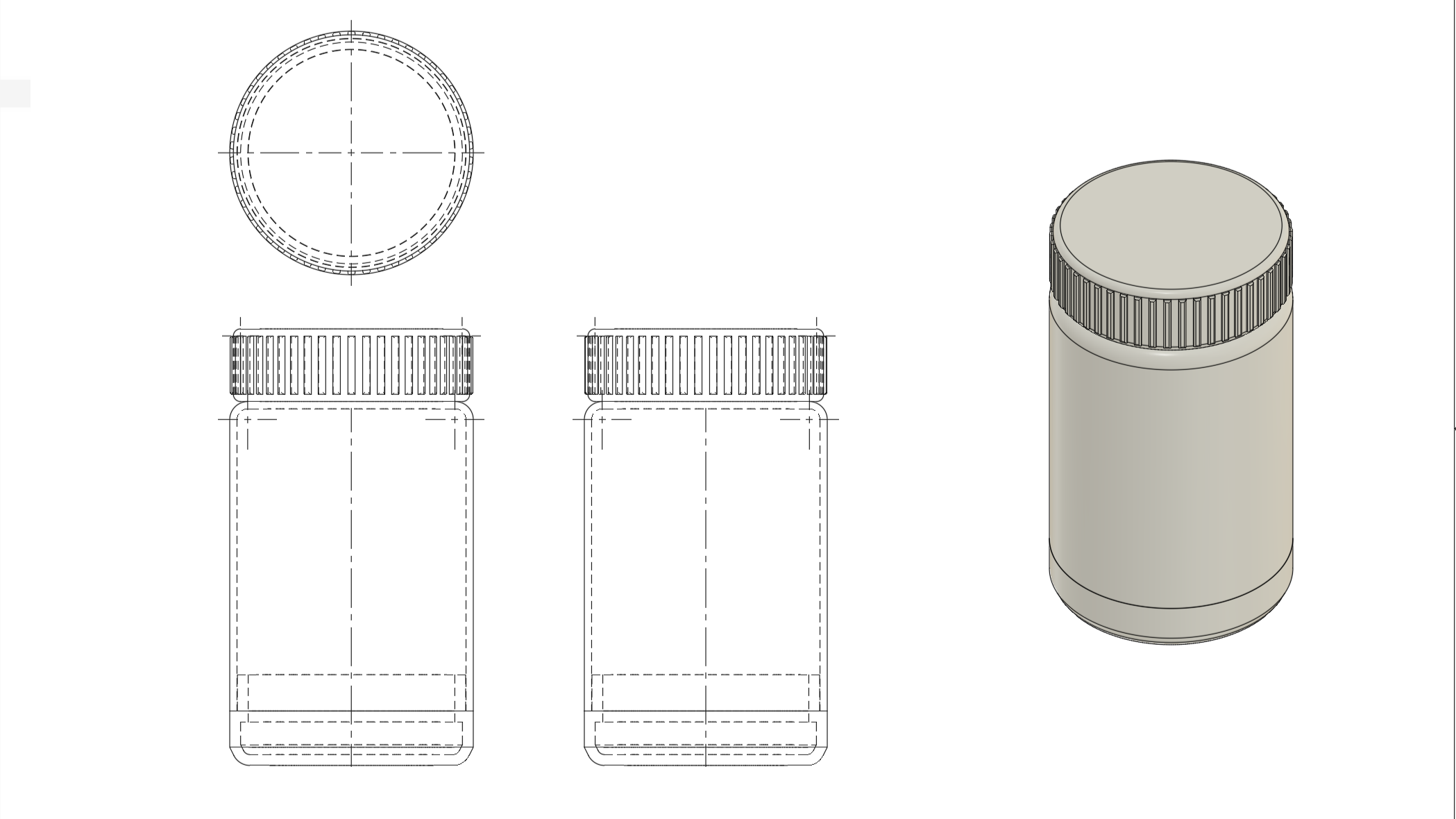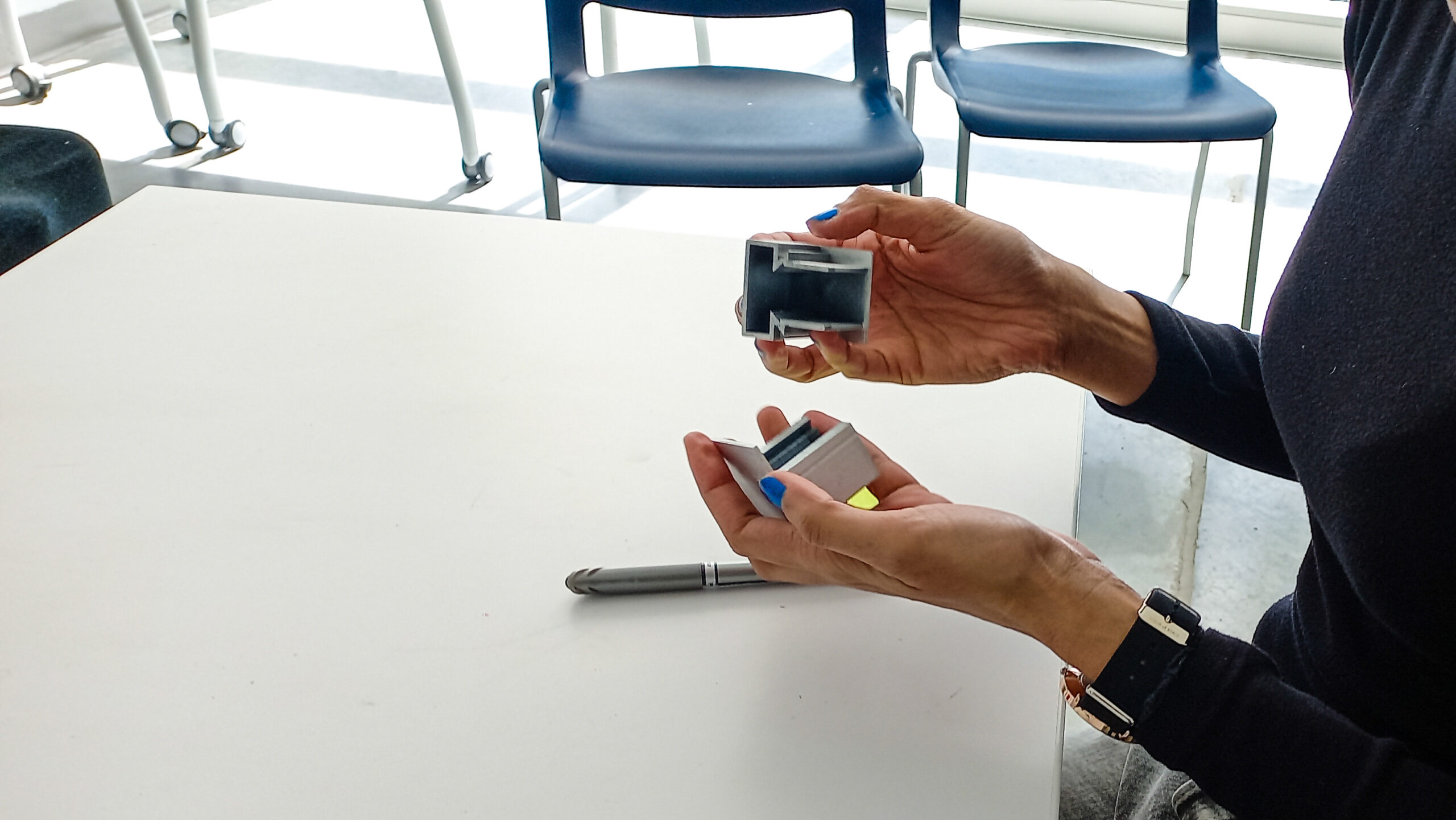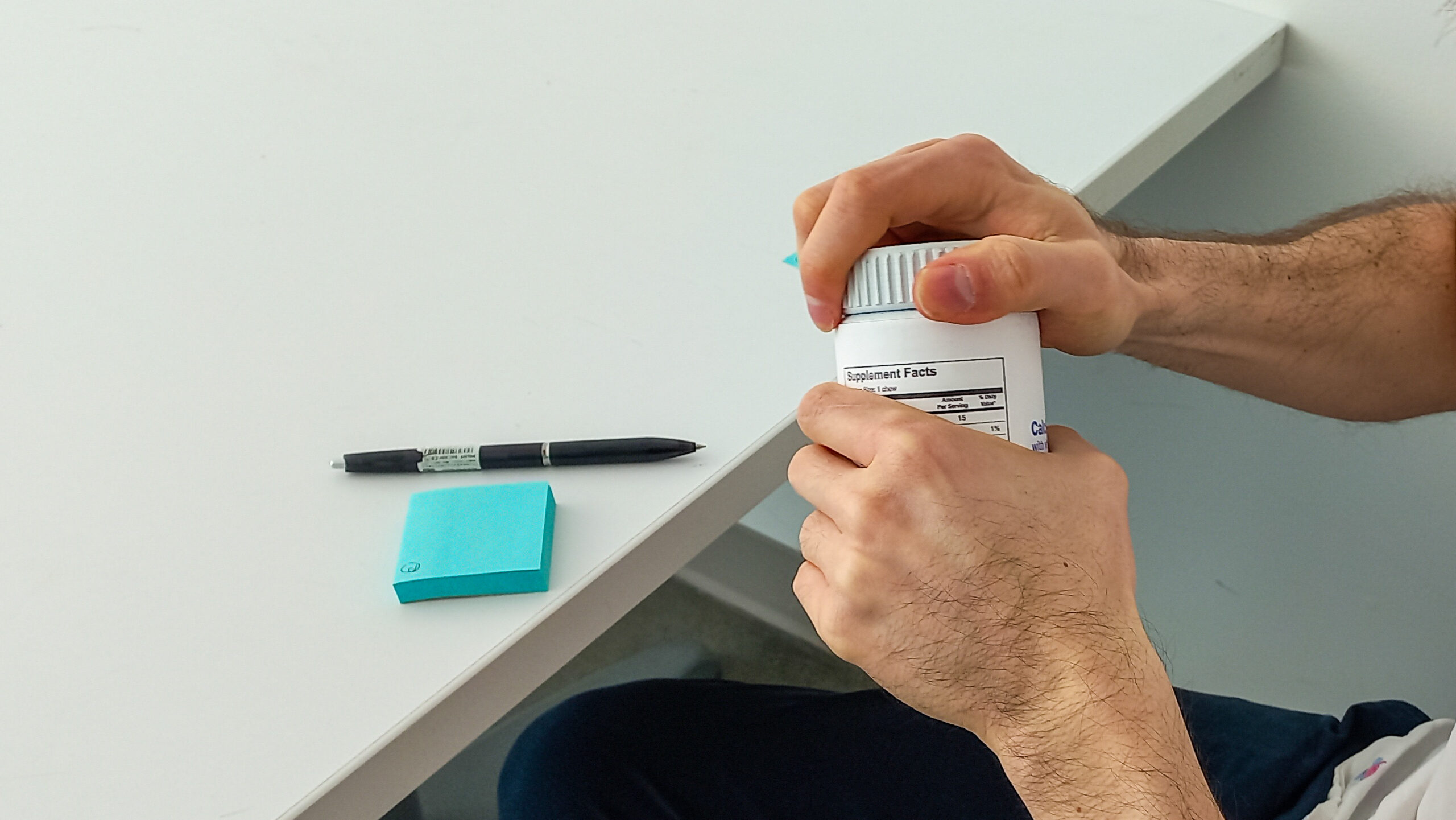RESEARCH-CREATION • DIGITAL FABRICATION • EMBODIED LEARNING
Strange Familiarity
This project aimed at comparing the perceptible affordance of everyday familiar objects most of us have been accustomed to and primed for a certain way of opening simply just by looking at it and the tactile interaction as well as relearning of how to open such familiar items. This has been a key project in my master’s thesis.
Role: Industrial Designer
Type: Solo Project
Year: 2023
The Challenge
When you see a can with an easy-open tab, you would think of lifting the tab and pulling back the lid to open it, this is an example of a behaviour we have associated with object affordances.
I wanted to create discourse on an object’s perceptible affordances and challenge preconceived notions of interaction by making anti-affordances that make it appear the artefact can afford to do something when in reality it cannot.
Hypothesis
My hypothesis for this experiment was that people would have a specific way of interacting associated with the familiar objects but would struggle to actually open the artefacts presented to them, causing great confusion in the interaction.
DESIGN QUESTION
How might users feel when interacting with objects that function differently from what their mental models have associated with the object's’ perceptible affordances?
Discursive Artefacts
A set of three artefacts were 3D printed and made to emulate objects commonly found in Filipino balikbayan boxes, which are boxes of goods sent by migrant workers and immigrants back to their families in the Philippines filled with goods such as non-perishable food, clothes, electronics, etc.






The designed artefacts tell the analogy and aims to embody the feelings of a strange and awkward interaction between migrant parents and their children whenever they would reunite as well as the viewpoint of the parent-child relationship despite the geographic and temporal distance simply being the usual routine and norm.
Having been someone who grew up with my parent being abroad, I wanted to use this as an analogy for the strange familiarity we have when interacting with seemingly familiar but different objects.
User Testing
I conducted testing with some of my classmates in the master’s cohort. They were not briefed as to what the test was about. Three participants were distributed in a classroom, not being able to see one another’s items. This was important so that they would not get a clue as to what the theme of the objects was based on what other people were doing or how they were reacting.
The participants were instructed to close their eyes as they were given one artefact each, placed on a table in front of them at a certain angle and distance away from them. They were provided pens and sticky notes to write down their initial thoughts and answers to the prompts being asked by the facilitator (me).
PHASE 01: PERCEPTION
The first phase involved participants opening their eyes once their respective assigned objects were placed in front of them on the table. They were instructed to write down how they would open the artefact in front of them, detailing what actions they would take and what parts of the artefact they would interact with and how. They were also asked to sketch the touchpoints of interaction on the object if they were to open it the way they had written on their first note.
PHASE 02: INTERACTION
In the second phase, the participants were instructed to pick up their respective objects in front of them and try to open them. The single task specifically asked of each one was simply to “Open it.”
They were then asked to write down in the provided sticky notes what actions they had tried, which worked, and which didn't, as well as how they felt during the whole endeavour of trying to open their artefact.
Insights
Associated actions
The participants noted that upon opening their eyes for the first time and seeing a single object each on the table in front of them, they immediately associated it with everyday items they would typically interact with. Because of this, in PHASE 1: Perception, they have specific ways in mind associated as to how they would open the items in front of them based from what they would usually do to open their real-life counterparts.
Confusion
Participants highlighted that it was confusing at first how to open such artefacts once they got to physically touch and interact with them. There was a lack of proper object information clarity communicated to the user due to the perceptible affordances on the object being anti-affordances.
Feeling of unease
And even after knowing how the objects actually functioned in the end, the participants still felt uneasy that it wasn’t the traditional way they had known. Feelings of frustration, surprise, and unfulfillment were all described by participants caused by the recognized and associated habit of opening the familiar artefacts in their everyday life. Trying to forget how they would typically try to open such items and relearning the new mode of interaction and picking up affordances of the items became challenging for the participants.
Reflections
This project has been a pivotal turning point in the direction of my master’s thesis, shifting away from looking at creating artefacts as a response to prompts but rather creating artefacts as an investigative probe through experimentation. This sparked my interest in creative discursive artefacts to not only realize the type of research work I do as a communication tool to others, but as a research tool in itself where I get to pull insights from people by allowing them to not only talk about the work but actually experience it.
As a catalyst for my thesis direction, this project has allowed me to identify a relationship between what we perceive in our interaction with objects and what we actively do physically in the interaction as well as how these two not only affect one another but the overall result of the interaction as well, which has heavily informed my master’s thesis research.
© Erik Asia 2025. All rights reserved.






